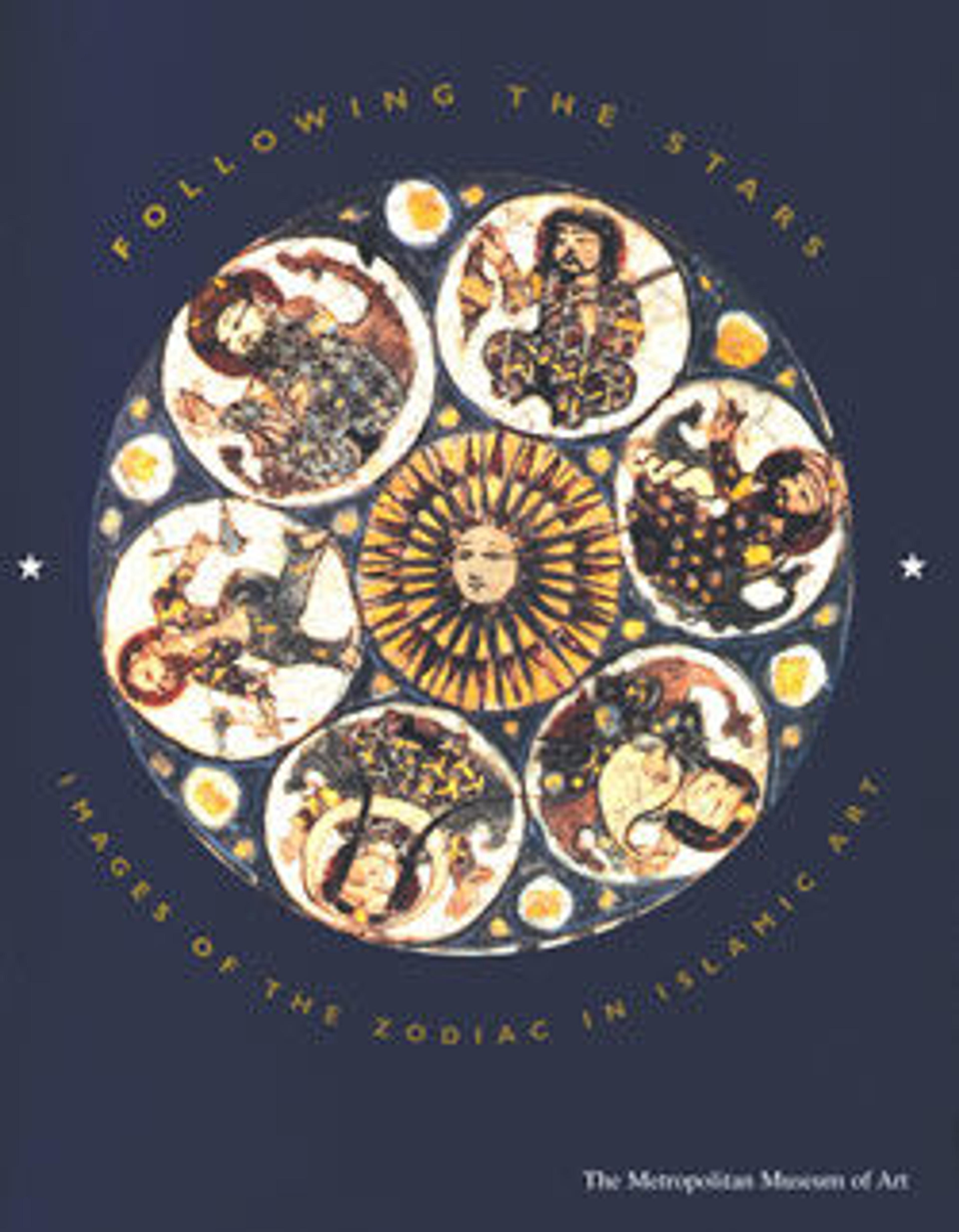Flask with Zodiac Medallions
The blue flask’s two sides present the object’s stratified history. A close investigation recently revealed that the painted and gilded decoration, once on both sides, is a modern enhancement applied to a plain surface— probably while the flask was in fragments before being reassembled. A sticker still glued to the vessel’s interior wall suggests that the restoration was executed in Iran.
Artwork Details
- Title:Flask with Zodiac Medallions
- Date:first half 14th century, with additions first half 20th century
- Geography:Attributed to Iran, Kashan
- Medium:Stonepaste; molded, blue-glazed, overpainted, and gilded
- Dimensions:H. 12 in. (30.5 cm)
W. 10 1/4 in. (26 cm) - Classification:Ceramics
- Credit Line:Rogers Fund, 1957
- Object Number:57.164
- Curatorial Department: Islamic Art
More Artwork
Research Resources
The Met provides unparalleled resources for research and welcomes an international community of students and scholars. The Met's Open Access API is where creators and researchers can connect to the The Met collection. Open Access data and public domain images are available for unrestricted commercial and noncommercial use without permission or fee.
To request images under copyright and other restrictions, please use this Image Request form.
Feedback
We continue to research and examine historical and cultural context for objects in The Met collection. If you have comments or questions about this object record, please contact us using the form below. The Museum looks forward to receiving your comments.
